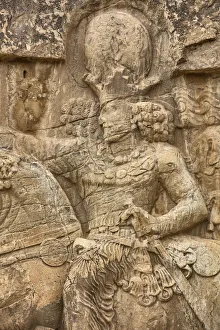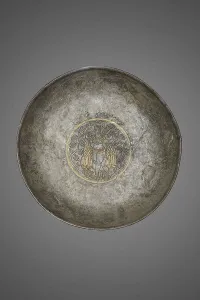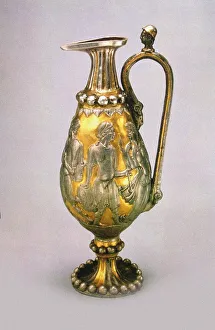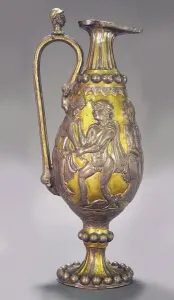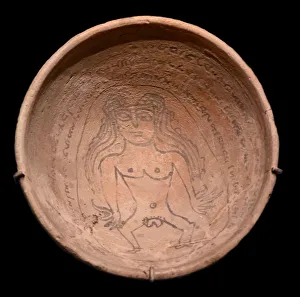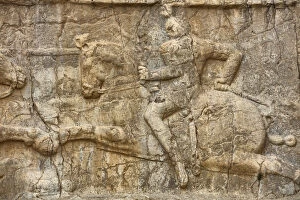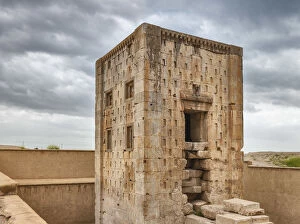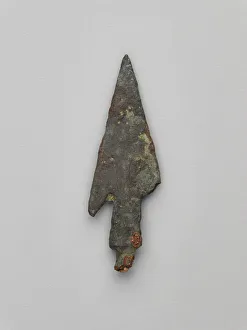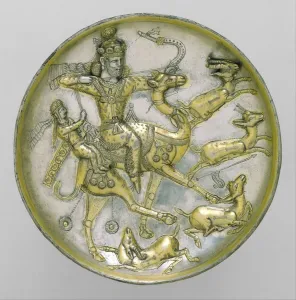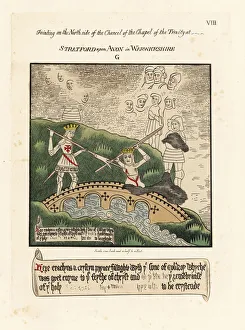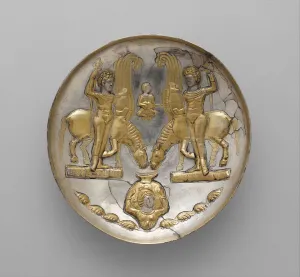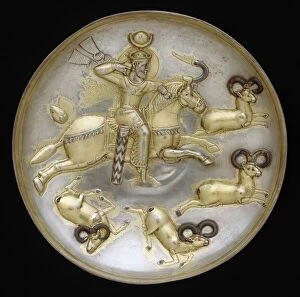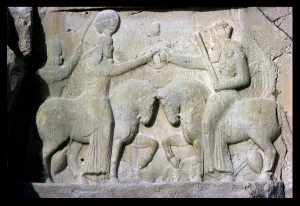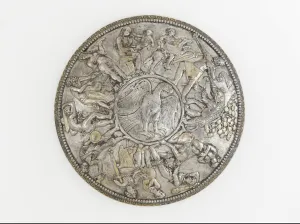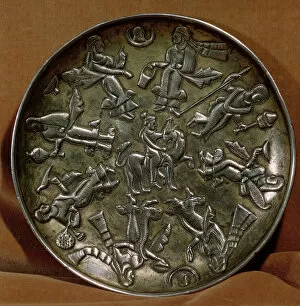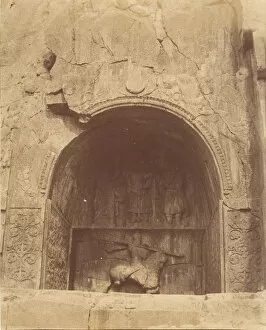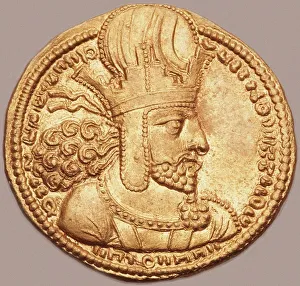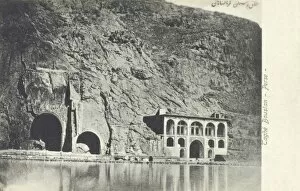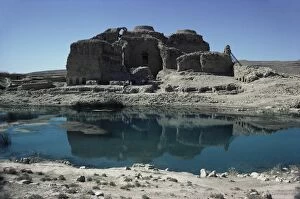Sassanid Collection
"Sassanid: A Glimpse into the Magnificent Persian Empire" Step back in time and immerse yourself in the grandeur of the Sassanid dynasty
All Professionally Made to Order for Quick Shipping
"Sassanid: A Glimpse into the Magnificent Persian Empire" Step back in time and immerse yourself in the grandeur of the Sassanid dynasty, a period that witnessed remarkable achievements and left an indelible mark on history. Explore Naghsh-e Jahan Square in Isfahan, Iran, where architectural marvels like the Shah Mosque stand as testaments to Sassanid craftsmanship. Delve into ancient battles through captivating artwork such as the "Triumph of Shapur I, " a monumental relief depicting his victory over Roman Emperor Valerian at Naqsh-e Rustam. Marvel at another Sassanid relief at Naqsh-e Rostam, Fars Province, Iran, showcasing their dominance and power. Discover intriguing artifacts like the magic bowl adorned with Judeo-Aramaic incantation text and an image of Lilith, a demon from folklore. This 5th-6th-century relic offers insights into mystical beliefs prevalent during this era. Witness historical encounters between empires as you encounter depictions of Roman Emperor Valerian yielding to Persian might at Naqsh-e Rustam. The Cube of Zoroaster (Ka ba-ye Zartosht), dating back to the 6th century BC, stands tall as a symbol of religious significance within this empire. Journey further east to Kerman's Qaleh Dokhtar and explore remnants of an old Sassanid fort. Feel transported back in time as you walk through its ancient corridors and imagine life within its walls centuries ago. Admire artistic masterpieces like "Emperor Heraclius Slays the King of Persia, " a stunning painting capturing pivotal moments in history with tempera and oil on panel techniques. These artworks bring alive tales from this fascinating epoch. Marvel at bronze arrowheads dating from the 3rd-7th century – silent witnesses to battles fought by warriors of the Sassanid empire.


